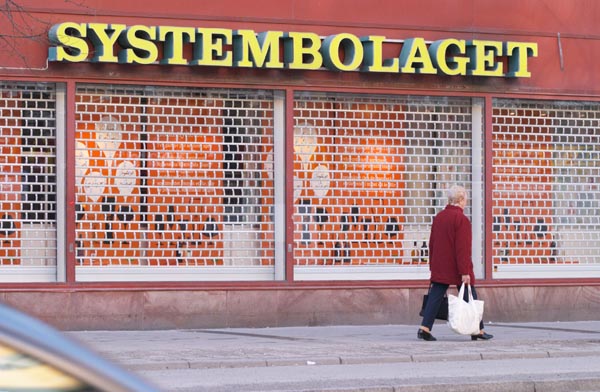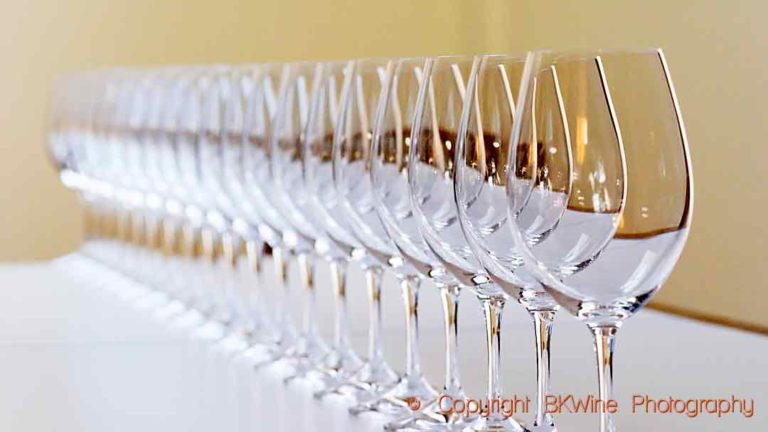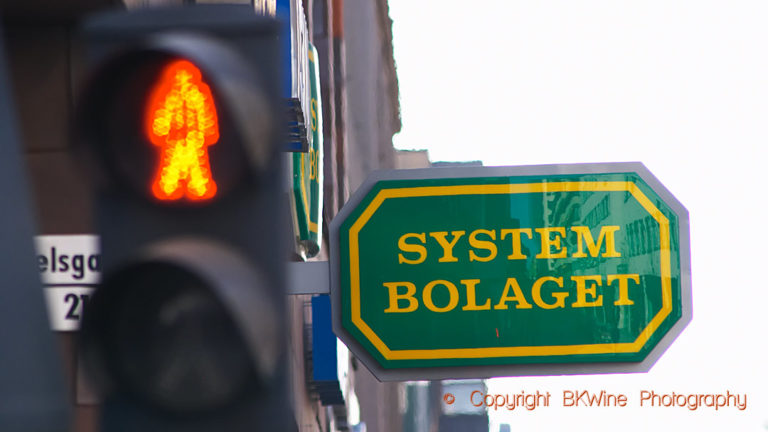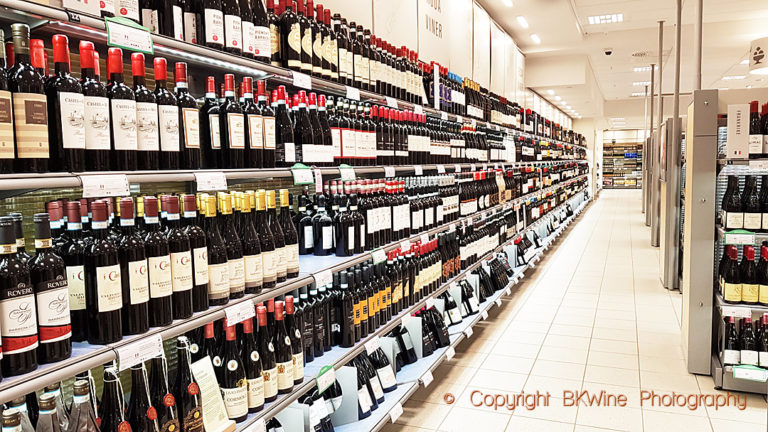The Swedish retail monopoly for wine and spirits is managed by the government owned Systembolaget. It is one of the world’s biggest wine buyers (but not the biggest). It basically controls what wines are available on the Swedish market although in recent years it has become a little fuzzier, or “liberalised”, with internet shops and with the “on order” list. If we stick to what is available in the monopoly shops, called Systembolaget, there are some 1800 references (products), mainly wine, spirits, and beer. In most shops there is only a small or medium size selection of this available on the shelves. The rest has to be requested from the central warehouse and normally arrives within between two days and a week. (1800 may sound a lot but it is, in principle, what is judge to be sufficient for everyone in the country.)
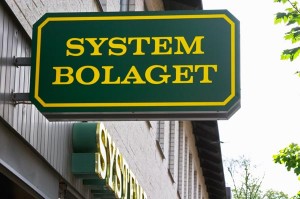
A few years back, thanks to an EU ruling, Systembolaget was obliged to open its shelves to wines that the importers want to offer but that have not been selected or approved by the monopoly. This is called “the on order range” (“beställningssortimentet” in Swedish).
In essence, a licensed wine importer can request to have any wine that he wants to be available in the monopoly shops. This has opened up for a substantially wider range of wines in Sweden. We estimate that there are between 4000 and 9000 references on the “on order range”. The most successful items in the “on order range” can be promoted to the “real” active range at Systembolaget.
There is a catch though.
First, Systembolaget provides scant information on the “on order” range. Until recently it was even quite difficult to find the references on the Systembolaget web site.
Second, the On Order wines are not at all put forward by the staff, for example if someone asks for advice in a shop. And they are certainly not on the shop shelves, as the Systembolaget products are.
Third, the wines are managed by the importers themselves and are not stocked at Systembolaget, complicating the logistics and delaying delivery to clients.
Fourth, the distribution costs for the On Order wines have to be paid by the importers. Any wine in Systembolaget’s own range is handled by Systembolaget’s own logistics (low cost, high volume), but not the On Order range. So if someone in a remote town orders a bottle On Order the importer has to cove the cost. Expensive.
But still, it is a great improvement from the 1500 or so monopoly chosen wines to have an additional few thousand wines to choose from. (But still rather poor compared to a non-monopoly market.)
So what impact has the On Order range had? Not much, judging from statistics. The On Order Range accounts for 0.67% of sales counted in volume and 1.25% in value of the sales at the Systembolaget monopoly retailer in Sweden.
